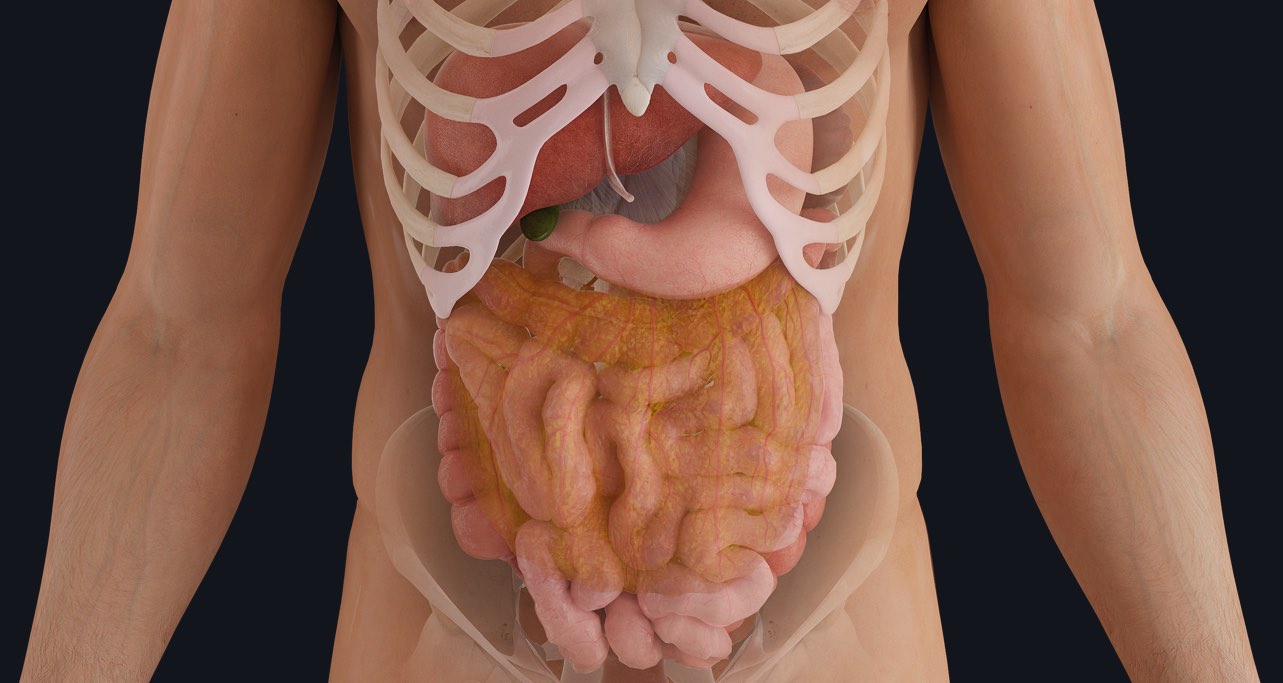
In one of our previous anatomy snippets, we explored the anatomical divisions of the abdomen and how it can be used as a guide to accurately diagnose a patient’s clinical condition.
Today let’s discuss the common clinical exam of palpating the abdomen.
Palpation, as part of the physical examination, is the act of feeling with the hands or fingers to determine the location, size, shape and texture of a body part or any abnormalities beneath the surface of the skin. It also identifies areas of localized tenderness. Palpation is one tool in the physical examination that allows the clinician to make a differential diagnosis alongside the patient’s history of complaint.
When palpating the nine regions of the abdomen, it is first important for the clinician to determine regions of localized tenderness by asking the patient if they are in any pain before palpating. This ensures the patient is not put through any excessive discomfort. Next the clinician will gently touch each region in a clockwise fashion, while observing the patient’s face to determine areas of localized pain.
The clinician will then proceed to perform a deep palpation of the same regions, this time trying to feel for any abnormalities such as increased organ size, organ orientation and presence of masses which could be caused by tumours. Next, they will carry out a unique palpation for the liver, spleen and kidneys, which cannot be clearly assessed during palpation of the nine regions.
Often if an abnormality is found on physical examination, diagnostic evaluations such as blood tests and imaging (ultrasound, CT scans) are required to further guide the clinician to a correct diagnosis.
Hands up ? Does your doctor have cold hands?
